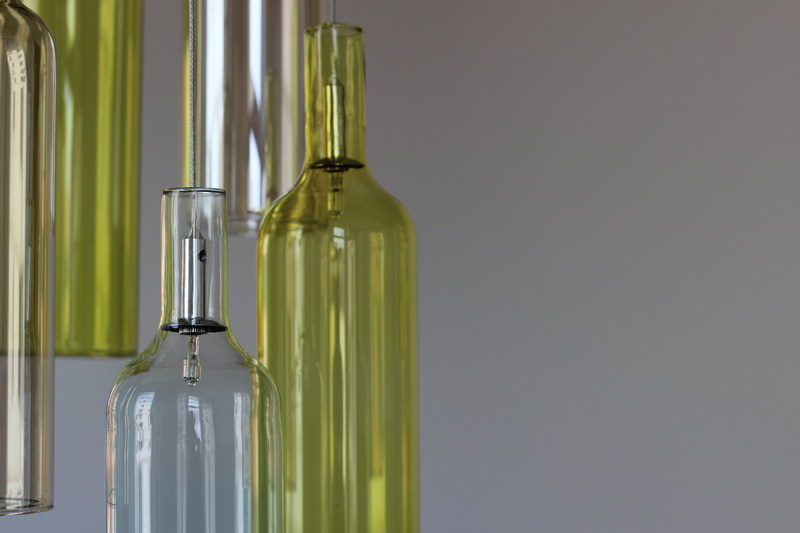Understanding Microplastic Pollution: A Growing Environmental Concern
Microplastic pollution has emerged as a significant threat to the environment, impacting marine life, food chains, and potentially human health. As plastics break down into tiny particles, they infiltrate ecosystems across the globe. This article explores the question: Can we mitigate the impact of microplastic pollution? By understanding the sources and potential solutions, we can work together to address this pressing issue.
What Are Microplastics?
Microplastics are small plastic pieces less than 5 millimeters long, often resulting from the breakdown of larger plastic debris. They are categorized into two main types:
- Primary Microplastics: These are intentionally manufactured small plastic particles, such as microbeads found in cosmetics and personal care products.
- Secondary Microplastics: These particles are formed from the degradation of larger plastic waste through processes such as UV radiation and weathering.
Sources of Microplastic Pollution
The sources of microplastic pollution are diverse and include some everyday activities and industrial processes:
- Single-use plastics: Items like bags, bottles, and straws break down into microplastics when not properly disposed of.
- Textile fibers: Synthetic clothing releases microfibers during washing, which pass through water treatment facilities and into aquatic environments.
- Industrial waste: Manufacturing processes and plastic production emit microplastics, contaminating soil and waterways.
- Cosmetics and personal care products: Items with microbeads, such as exfoliants and toothpaste, reach water sources through drainage systems.

Impacts of Microplastic Pollution
Microplastic pollution has far-reaching consequences that are only beginning to be understood. Here are some major impacts:
Marine Life and Ecosystems
Marine organisms often mistake microplastic particles for food, leading to ingestion and accumulation in their bodies. This can cause physical harm, disrupt feeding patterns, and lead to reduced reproduction rates. As these particles travel up the food chain, larger marine animals, including seafood consumed by humans, face potential contamination.
Human Health Concerns
While research is still evolving, the ingestion of microplastics through seafood or water supplies poses potential health risks. These concerns include potential toxicity, inflammatory responses, and the absorption of harmful chemicals that adhere to plastic particles.
Environmental Degradation
The pervasive presence of microplastics contributes to the degradation of land and water ecosystems. By altering habitat structures and affecting the natural behaviors of organisms, microplastics threaten biodiversity and ecological balance.

Strategies to Mitigate Microplastic Pollution
While eliminating microplastic pollution is a formidable challenge, several strategies can significantly mitigate its impact:
Policy and Legislation
Governments around the world are recognizing the need to limit plastic production and enhance waste management systems. Key measures include:
- Banning or reducing the use of unnecessary single-use plastics.
- Implementing extended producer responsibility (EPR) policies to hold manufacturers accountable for the lifecycle of their products.
- Promoting research and development in biodegradable and sustainable alternatives.
Improved Waste Management Practices
Efficient waste management is crucial to minimizing microplastic pollution. This involves:
- Enhanced recycling systems to ensure plastics are reused rather than discarded.
- Investing in technology for filtering microplastics from wastewater before it enters natural water bodies.
- Encouraging community cleanup initiatives to remove plastic waste from the environment.
Consumer Awareness and Action
Individual actions can collectively make a significant difference in reducing microplastic pollution. Consumers can:
- Opt for products with minimal packaging and avoid items containing microbeads.
- Support brands and companies committed to sustainable practices.
- Use filters in washing machines to capture synthetic fibers.
- Spread awareness in their communities about the importance of reducing plastic use.
Technological Innovations
Technology offers promising avenues for tackling microplastic pollution. Innovations include:
- Developing advanced filtration systems that capture microplastic particles in industrial and municipal wastewater.
- Researching biodegradable plastic alternatives that break down without leaving harmful residues.
- Utilizing satellite and sensor technology to monitor microplastic distribution and movement in oceans.
Conclusion: A Collective Responsibility
Mitigating the impact of microplastic pollution requires a multi-faceted approach involving governments, industries, communities, and individuals. While challenges remain, strides in policy, technology, and awareness can pave the way for healthier ecosystems and a cleaner future. As we recognize the urgent need to act, answering the question--Can we mitigate the impact of microplastic pollution?--lies in our commitment to sustainable practices and the innovation of new solutions.